Content marketing is an essential strategy for businesses seeking to build brand authority, engage customers, and drive growth. However, even experienced marketers can fall into common pitfalls that undermine their efforts.
Understanding these missteps and how to avoid them can be crucial to building a successful content strategy.
Below are the most common content marketing mistakes to avoid and how to avoid them effectively.
- Not Defining Clear Goals
- Neglecting Audience Research
- Ignoring the Customer Journey
- Overlooking SEO Best Practices
- Sacrificing Quality for Quantity
- Not Promoting Content Effectively
- Ignoring Data and Analytics
- Focusing Only on Selling
- Not Updating Old Content
- Lack of Consistency
|| Looking for amazing responsive themes starting from $2? Find Here. Looking for a fast-performance web-hosting? Get Here.
01. Not Defining Clear Goals
Many marketers jump into content creation without defining clear, measurable goals. Without specific objectives, it’s impossible to measure success or optimize for better performance.
Start by establishing concrete goals aligned with your broader business objectives. For example, are you aiming to increase brand awareness, generate leads, or boost conversions? Set SMART goals (Specific, Measurable, Achievable, Relevant, Time-bound) to ensure each piece of content has a purpose and a way to track progress.

02. Neglecting Audience Research
Creating content without a deep understanding of your target audience is one of the biggest content marketing errors. Content that misses the mark will not engage or retain readers.
Develop buyer personas to understand the needs, pain points(specific issues encountered by customers), and preferences of your audience. Regularly update these personas and use tools like Google Analytics, social media insights, and customer surveys to refine your understanding.

This way, your content will address real issues, using language and formats that resonate with your target demographic.
RELATED
- How To Sign Up & Link Website With Google Analytics 4 (GA4)
- Analytics Advantage: Driving Social Media Success with Data Insights
- How to Repurpose Content for Different Platforms
03. Ignoring the Customer Journey
Producing content without considering where the audience is in their journey with your brand can lead to missed opportunities for engagement. Many marketers focus only on awareness-stage content, ignoring potential customers further down the funnel.
Create content that caters to every stage of the buyer’s journey: awareness, consideration, and decision. For example, an educational blog post can attract new prospects, while case studies and product comparisons can help those ready to make a purchase decision. Mapping out a content strategy that speaks to each stage will provide a more holistic experience for your audience.

04. Overlooking SEO Best Practices
Even great content can fail if it doesn’t follow SEO best practices, making it difficult for audiences to find. Overlooking keyword research, proper structure, and SEO optimization reduces the reach and effectiveness of your content.
Conduct keyword research before you create content to understand what terms your audience is searching for. Optimize content by including relevant keywords naturally in your headings, body text, meta descriptions, and alt text for images. Also, ensure your content is well-structured with headers, bullet points, and short paragraphs to improve readability and SEO.
RELATED
- Understand On-Page SEO and Off-Page SEO
- How to Ensure Backlinks are Placed on High Quality Sites?
- How to Know If Backlinks are Helping or Hurting Your Website?
- Why Does it Take So Long to Get Traffic on New Blogs, Even With Good Content, and SEO?
- Blogging Automation Tips for Beginners
05. Sacrificing Quality for Quantity
Some marketers prioritize pumping out content regularly, even if the quality suffers. Low-quality, thin content does not provide value and can even hurt your brand’s credibility.
Focus on creating high-quality content that genuinely helps your audience. Invest time in thorough research, fact-checking, and editing. Instead of publishing daily, aim for a sustainable schedule that allows you to maintain high quality.
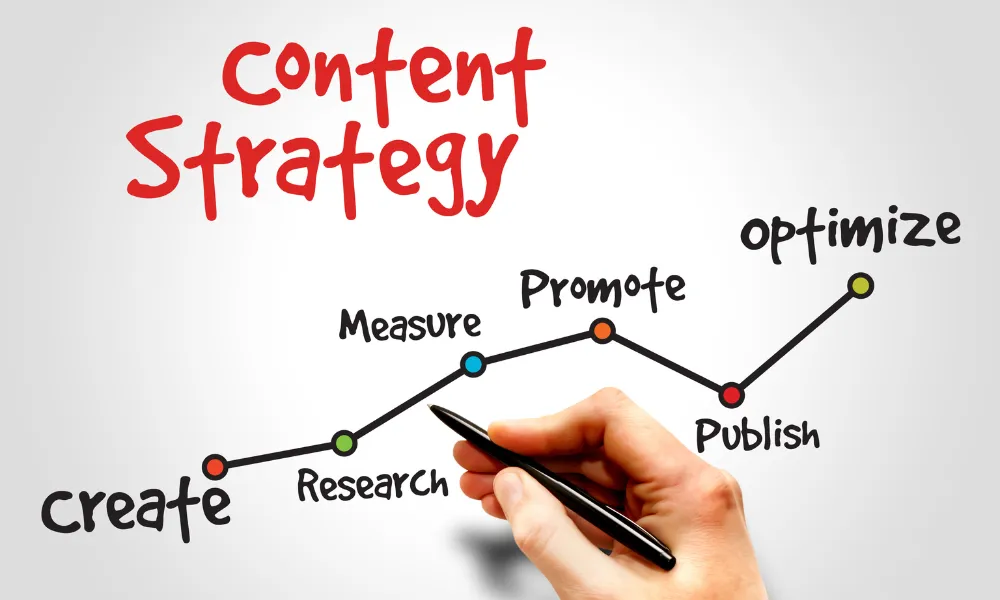
06. Not Promoting Content Effectively
“Build it, and they will come” rarely applies in content marketing. Simply publishing content is not enough; many marketers fail to promote their content effectively, resulting in minimal reach and engagement.
Develop a comprehensive content promotion strategy. Use social media, email newsletters, influencer partnerships, and paid ads if necessary to amplify your reach. Leverage content repurposing by turning blog posts into videos, infographics, or social media snippets to attract different audience segments across platforms.

RELATED
- Best Content Marketing Tools for Beginners
- Mastering the Art of Targeted Advertising on Social Media Platforms
- How to Optimize for “Near Me” Searches for Local Services
- How to Optimize Your Blog for Voice Search
- How to Optimize Images For Pinterest SEO
07. Ignoring Data and Analytics
Failing to analyze content performance is like driving with your eyes closed. Many marketers overlook data, leading to repeated mistakes and missed opportunities for optimization.
Regularly review content analytics to understand what resonates with your audience. Key metrics to track include page views, time on page, bounce rate, social shares, and conversion rates. Use these insights to optimize future content, focusing on what works best and addressing any gaps in your strategy.

RELATED
- What is Dwell Time in SEO & How It Differs from Bounce Rate?
- How to View Bounce Rate on Google Analytics 4 (GA4)
08. Focusing Only on Selling
While content can drive sales, overly promotional content can be off-putting and may cause your audience to disengage. Modern consumers prefer value-driven interactions over blatant sales pitches.
Maintain a balance between valuable, informative content and product promotion. Aim to educate and entertain rather than just selling your products. For instance, a blog post that teaches readers about a relevant topic (e.g., tips for home organization) and subtly integrates product mentions will be more appealing than a post that only highlights product features.

09. Not Updating Old Content
Content marketing isn’t a “one-and-done” process. Old, outdated content can accumulate over time, reducing the overall quality and relevance of your website.
Schedule regular audits of your existing content. Update statistics, refresh outdated information, add new insights, and optimize older posts for SEO. Refreshing old content not only improves relevance but can also lead to SEO gains, as search engines favor up-to-date information.

10. Lack of Consistency
Publishing content sporadically(occasionally) can confuse your audience and undermine your brand’s credibility. A haphazard approach makes it difficult for audiences to engage and stay connected with your brand.
Develop an editorial calendar and stick to it. Define your brand voice and ensure it’s consistent across all content. Consistency builds trust and makes your brand more recognizable and memorable to your audience.
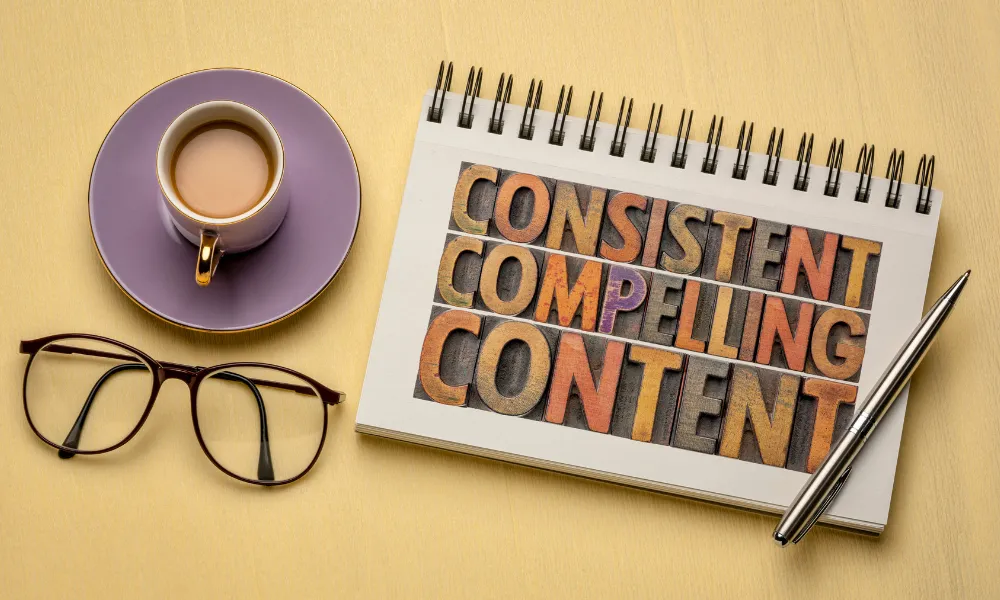
RELATED
Final Thoughts
Content marketing is a powerful tool, but only when approached strategically. By avoiding these common mistakes, you can build a content marketing strategy that genuinely resonates with your audience, strengthens your brand, and drives measurable business results. Remember, successful content marketing requires continual learning, iteration, and dedication to meeting the needs of your audience.
If you like this post then don’t forget to share with other people. Share your feedback in the comments section below.
Also Read

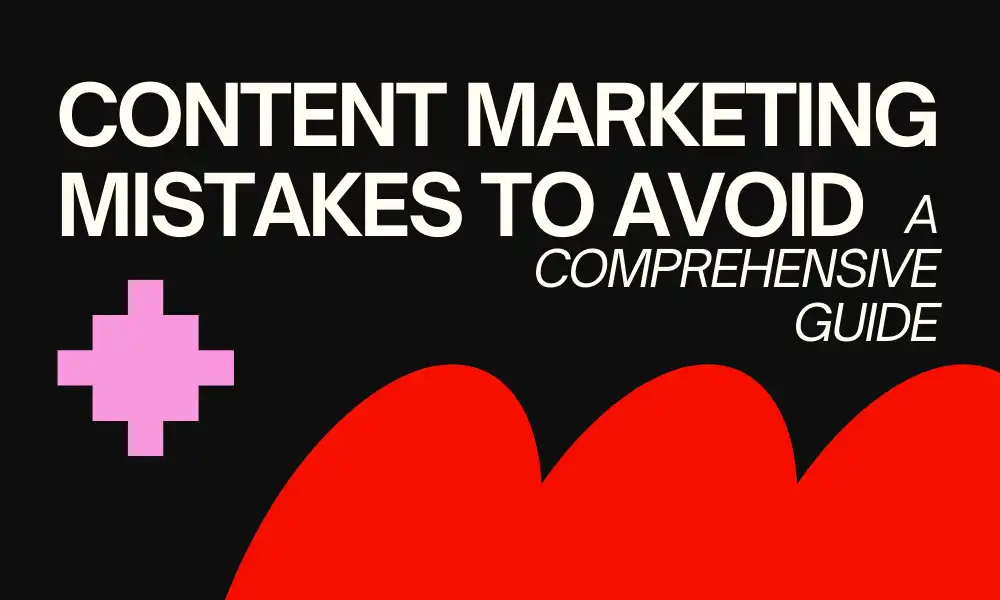

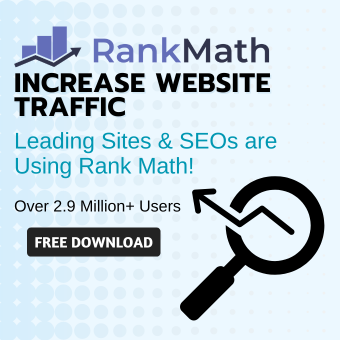
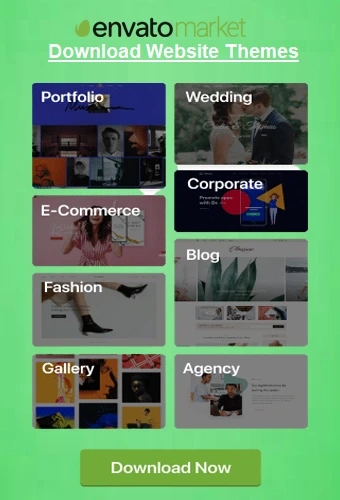
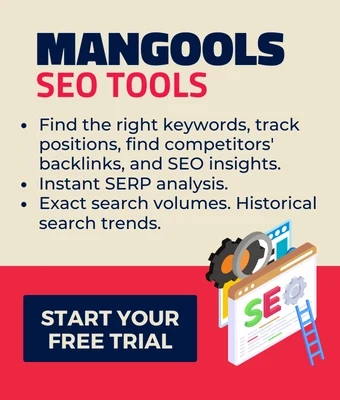
Leave a Reply